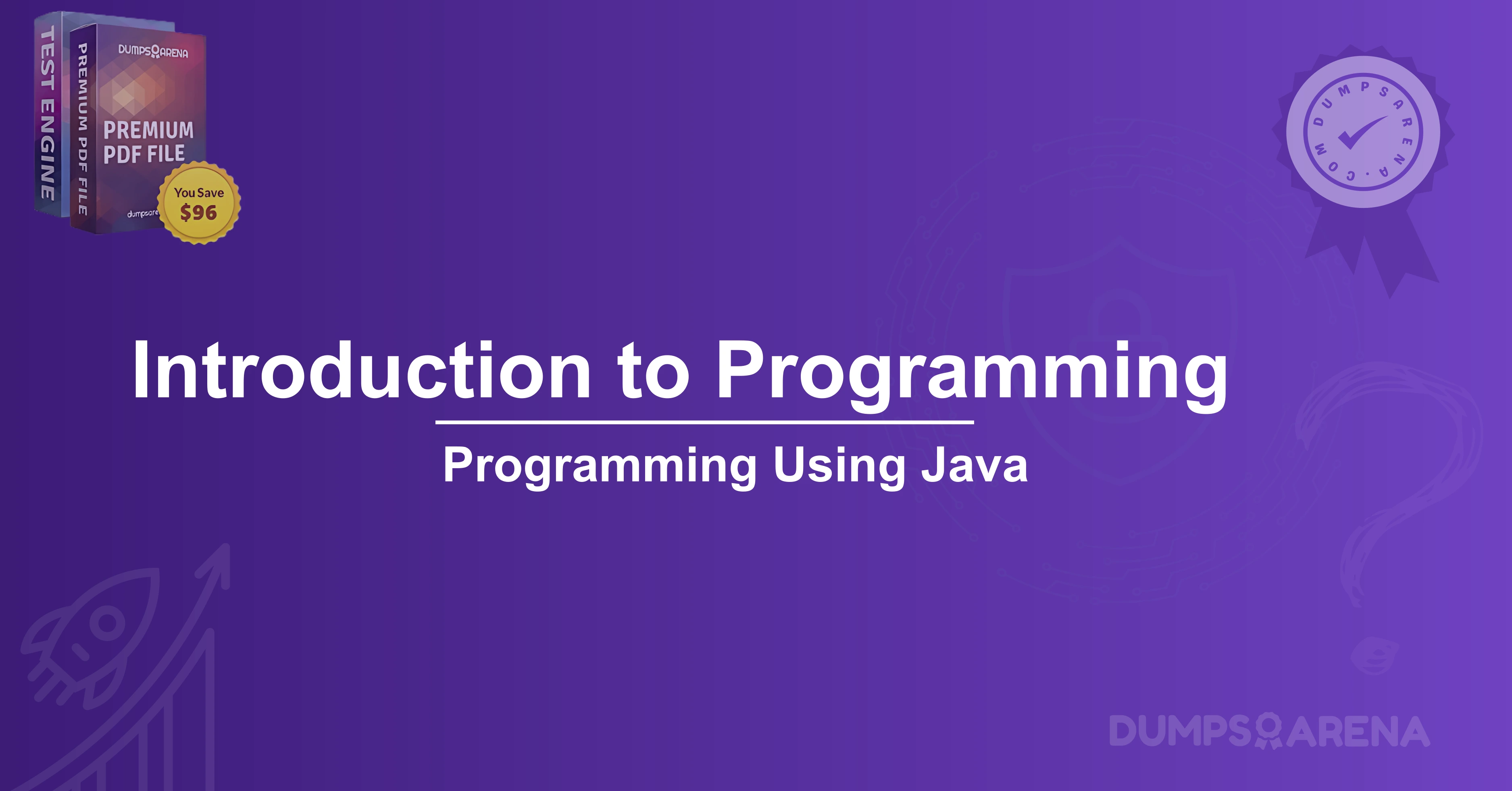Introduction to Programming
What is Programming?
Programming is the process of writing instructions for a computer to execute. These instructions, known as code, allow developers to create software, applications, and systems that perform specific tasks. Programming involves problem-solving, logical thinking, and understanding how computers process information.
Why Learn Programming?
- High Demand for Developers: Introduction to Programming Using Java Programming skills are essential in today’s tech-driven world.
- Problem-Solving Skills: Coding enhances logical and analytical thinking.
- Career Opportunities: Software developers, data scientists, and cybersecurity experts rely on programming.
- Automation: Programming helps automate repetitive tasks, improving efficiency.
Introduction to Java
Java is a high-level, object-oriented programming language developed by Sun Microsystems (now owned by Oracle). It is known for its:
- Platform Independence: Java programs run on any device with a Java Virtual Machine (JVM).
- Strong Community Support: A vast ecosystem of libraries and frameworks.
- Robustness and Security: Used in enterprise applications, Android development, and web services.
Popular Java IDEs include:
- IntelliJ IDEA (Recommended for beginners and professionals)
- Eclipse (Widely used in MicroSoft enterprise environments)
- NetBeans (Good for beginners)
Writing Your First Java Program
java
public class HelloWorld {
public static void main(String[] args) {
System.out.println("Hello, World!");
}
- Compile using `javac HelloWorld.java`
- Run using `java HelloWorld`
3. Basic Syntax and Structure of Java
Java Program Structure
- Every Java program must have at least one class and a main method (entry point).
- Code blocks are enclosed in curly braces `{}`.
Comments in Java
java
// Single-line comment
Multi-line
comment
Javadoc comment (used for documentation)
Keywords and Identifiers
- Keywords: Reserved words like `class`, `public`, `static`, etc.
- Identifiers: Names given to variables, methods, and classes (e.g., `myVariable`, `calculateSum`).
Data Types and Variables
| Data Type | Description | Example |
| `int` | Integer values | `int age = 25;` |
| `double` | Floating-point numbers | `double price = 19.99;` |
| `boolean` | True/False values | `boolean isJavaFun = true;` |
| `char` | Single character | `char grade = 'A';` |
| `String` | Text (not a primitive type) | `String name = "John";` |
11. Conclusion and Next Steps
Java is a powerful programming language used in DumpsArena various domains, from web development to mobile apps. By mastering the basics, you can explore advanced topics like multithreading, networking, and Java frameworks.
Further Learning Resources
- Books: Head First Java by Kathy Sierra
- Online Courses: Coursera, Udemy, Codecademy
- Practice Platforms: LeetCode, HackerRank
Building Projects in Java
- Simple Calculator
- To-Do List Application
- Basic Banking System
Start coding today and unlock endless possibilities with Java!
Get Accurate & Authentic 500+ Introduction to Programming Using Java
1. What is the correct syntax to declare a variable in Java?
a) variable int x;
b) int x = 5;
c) x = 5;
d) declare int x;
2. Which keyword is used to create an object in Java?
a) class
b) new
c) object
d) create
3. What is the output of the following code?
java
Copy
System.out.println(5 + "10");
a) 15
b) 510
c) "510"
d) Compilation error
4. Which loop is guaranteed to execute at least once?
a) for loop
b) while loop
c) do-while loop
d) if-else
5. What is the correct way to define a method that returns the sum of two integers?
a) javaCopy
int sum(int a, int b) {
return a + b;
}
b)
java
Copy
void sum(int a, int b) {
return a + b;
}
c)
java
Copy
sum(int a, int b) {
return a + b;
}
d)
java
Copy
return sum(int a, int b) {
a + b;




